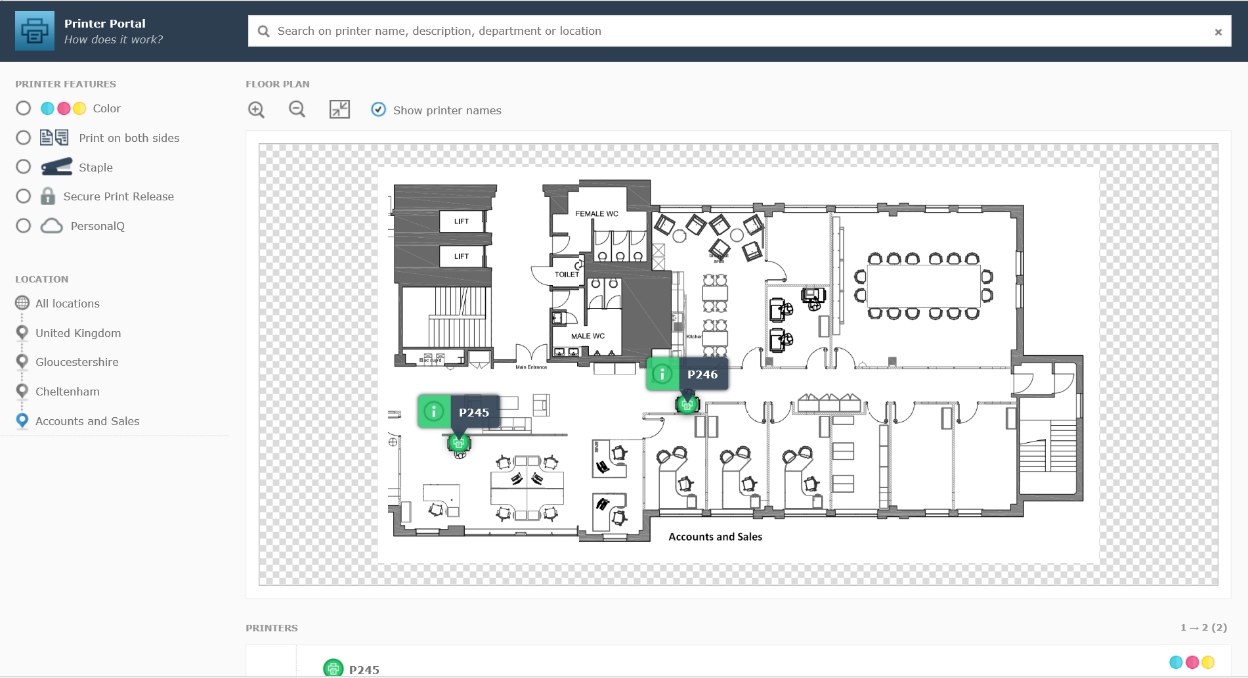In today’s business world, two things are certain: companies want to save as much money as possible and workers demand more freedom in how they do their jobs. So it is no surprise that IT organizations are rushing to invest in “self-service” capabilities that let users control aspects of technology once deemed far too complex or risky to entrust to average employees.
The legions of tech-savvy employees raised as “digital natives” — as well as the constant corporate drumbeat for greater efficiencies and higher profit margins — demand change. Gone are the days when IT departments could tightly control IT resources such as PCs, networks, printers, applications, etc. Instead, users want greater access to and control over a range of IT resources. They’re not going to wait hours, days or months for an IT person to fix their problems. If IT can’t fix it in a couple minutes, they’d rather fix it on their own. So starting now, IT needs to change the way they deliver services to their internal customers, from new employees to senior executives.
Gartner research (“Your IT Self-Service Strategy Must Be Driven by Your Business Culture”, June 2015) shows that while a self-service portal can cut the number of IT help desk inquiries nearly in half, a mere 34% of IT organizations offer such self service printing tools today. Gartner also claims that 25% of IT organizations point to a lack of appropriate tools as a key obstacle to successful utilization of IT self service printing capabilities. Other analysts and pundits note that poor planning, design and implementation contribute to low user acceptance of IT self service efforts.
Let’s face it — users today know firsthand how easy technology can be. They understand what is possible based on their own day-to-day experiences with PCs, smartphones, and the internet, so their expectation level is set pretty high. The net effect: if users cannot intuitively understand how to use a new IT self-service capability, they will stop using it and the project will go up in flames. Along with the promised cost savings.
We can’t solve all of your self-service IT problems, but LRS can help with one of the major sources of user frustration; namely, self service printing, the ability to quickly locate and connect to printers anywhere in the enterprise. Technology and business changes have created a workplace in which employees may sit at different desks every day of the week. With "hoteling/hot-desking” and other alternative workplace arrangements, users need a simple way to locate and print to a nearby device — without constantly calling help-desk support staff. IT organizations likewise need a solution that they can easily deploy and administer so information and advertised resources are up to date. Both groups must succeed for the business to reap the promised cost savings and productivity gains.
The LRS “Self-Service Printer Portal” gives users a simple, intuitive way to locate nearby print devices and select the ones they want to add to their desktops. Users can easily navigate using floor plan maps or search on metadata (e.g., office location) to find the printer best suited to their needs. With a simple click on a printer icon, the appropriate printer driver is seamlessly downloaded, installed, and configured on the user's desktop without any user intervention.

Click on the graphic above to expand
The printing portal web application integrates with your existing corporate portal, and IT staff can easily update it with new/changed floor plan maps and delete/add printers as needed. Customizable screens enable language localization to improve usability in multi-national/multi-language environments. All of the printer definitions and relevant metadata are dynamically provided from the LRS Enterprise Output Server, eliminating the need to define and maintain information in multiple places. Just drag and drop the printer icons on the appropriate floor plan maps, and you’re done. Finally, since minimal IT skills are required, ongoing maintenance tasks can be performed by technical personnel who lack administrator privileges.
Is it really that simple? Absolutely! So do something nice for your user community and provide them with a self-service printing capability. They’ll be happy and more productive, and so will you – a true win-win situation that everyone can celebrate.